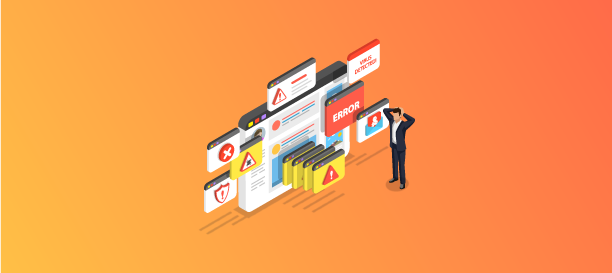Ransomware vs. Malware: How to Protect Your Business in 2025
Cyber threats are evolving at an alarming rate. From phishing attacks to ransomware, the modern business landscape is constantly under siege. The term malware means any harmful software. One of the most damaging types today is ransomware. In this post, we will explain the differences between ransomware and other types of malware. We will also show you how to protect your business effectively in 2025.
What is Malware?
Malware
- Viruses – Self-replicating programs that infect files and disrupt operations.
- Worms – Spread automatically across networks, often slowing systems or causing outages.
- Trojans – Disguised as legitimate software but used to steal data or create system backdoors.
- Spyware – Secretly monitors user behavior and collects personal data without consent.
What is Ransomware?
Ransomware is a type of malware. It locks your files or whole systems and asks for payment. This payment is usually in cryptocurrency to unlock your data. Ransomware attacks are different from regular malware. Instead of stealing or corrupting data, they lock your data and hold it hostage. This can seriously disrupt business operations
One major challenge with ransomware is its ability to infect not just live systems, but backups as well. Without secure, isolated backup and disaster recovery plans, businesses risk losing everything—even if they’ve been diligent about backing up data.
How Do Phishing and Clone Sites Play a Role?
Ransomware attacks often begin with phishing emails—messages that appear legitimate but contain malicious links or attachments. Clicking on these can open the door for cybercriminals. Many phishing campaigns also direct victims to clone websites, which are fake versions of trusted websites used to steal login credentials or deliver malware.
Why SMBs Are Particularly at Risk
Small and medium-sized businesses (SMBs) often do not have dedicated cybersecurity teams or advanced tools. This makes them easy targets for ransomware and malware attacks. Even small gaps, like old antivirus software or employee errors, can lead to big threats.
How to Protect Your Business in 2025
- Use advanced anti-malware and antivirus solutions across all systems.
- Train employees regularly on cybersecurity awareness, including how to spot phishing emails.
- Implement email filtering tools to detect and block malicious messages.
- Ensure frequent, offsite, and immutable backups that can’t be tampered with by ransomware.
- Work with a trusted Managed Services Provider (MSP) for ongoing monitoring, patch management, and incident response.
The Role of an MSP in Cybersecurity
An experienced MSP can help your organization make a custom cybersecurity plan. They can also do regular risk assessments and respond quickly if there is a breach. With threats like ransomware continuing to grow in 2025, MSPs serve as a valuable partner in keeping your business protected and operational.
Conclusion
When it comes to ransomware vs malware, both pose significant risks—but ransomware can bring your entire business to a halt overnight. Don’t wait until it’s too late. Build a strong cybersecurity foundation today, backed by expert tools, employee training, and professional support.
